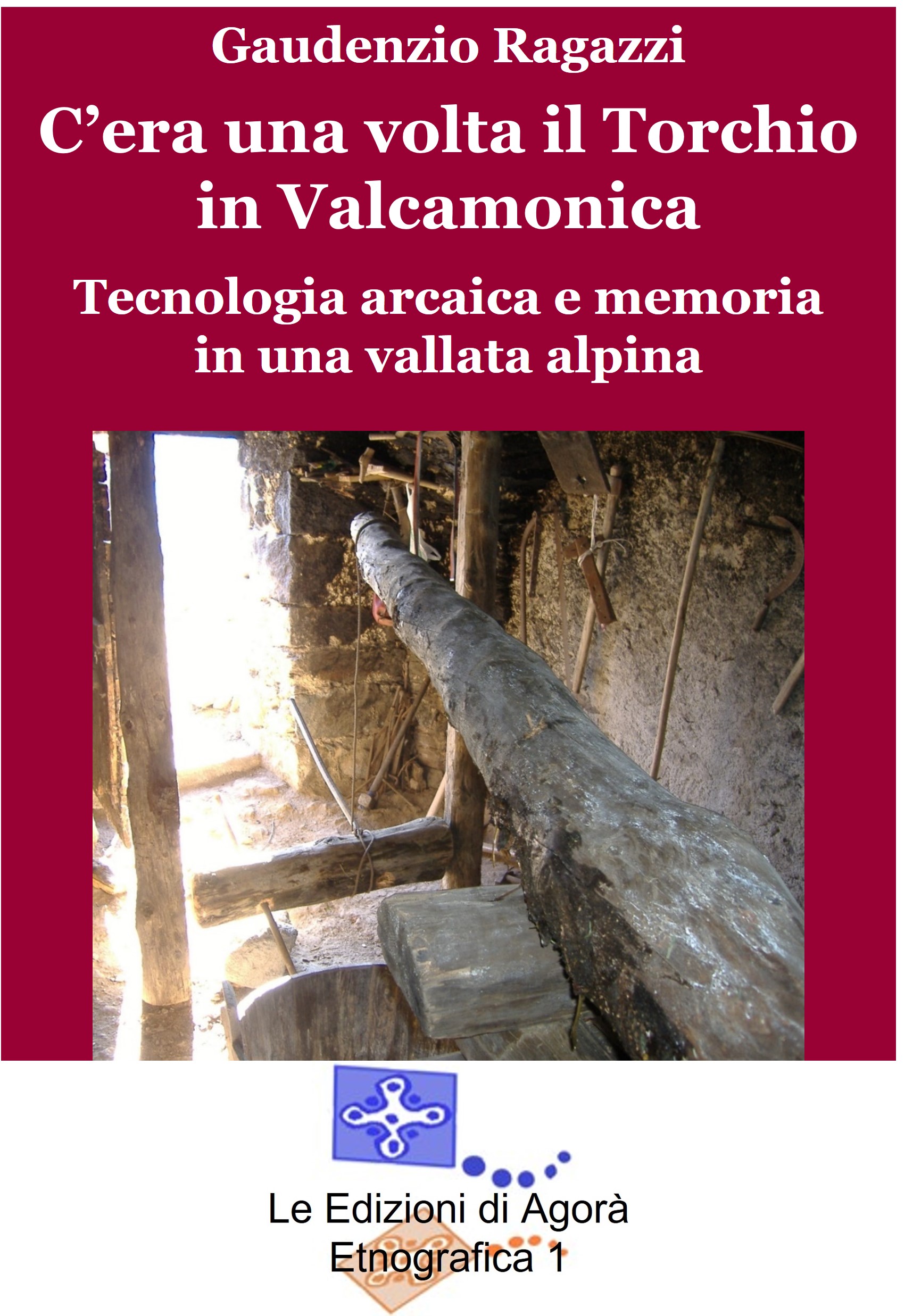Meaning is not a consequence of a cause, but the working out of the knowing subject. While in the natural sciences the object of the research is a material element always equal to itself in space and time, having no awareness of the mechanisms where it belongs, in Human Sciences the subject (the researcher) and the object being studied (the historical man) share the same nature and work with the same mechanisms. The object cannot be reduced to a “thing” separated by the ways employed to know it and the knowing subject is not a neutral entity, as it knows beginning from his own historical being, which makes him belong to a horizon of conceptual bonds. Because of this, the subject is in cultural symbiosis with part of the knowledge he intends to track down in the object. In this context interpretation is the act by which, through the recovery of the lost code, the meaning is returned to a historical fact.
The understanding occurs in a hermeneutic process that starts from the inside as a form of knowledge in which the subject and the object come to coincide. According to Ricoeur every interpretation wants to overcome a remoteness, a distance between the past cultural time to which the text belongs and the interpreter himself. Overcoming this distance, making himself contemporary to the text, the interpreter can take possession of the meaning. Every Hermeneutics thus comes to being understanding of itself through the way mediated by the understanding of the other. This approaching to the object however is not an empathetic process. In the historical object which we mean to know there is a core of knowledge which is still available, but only in a mediated form. This result is achieved through a process, the “hermeneutic circle”, which goes from the whole containing to the contained part and vice versa. I gave this hermeneutical procedure the name of “Archeology of Knowledge” . A historical research usually has its starting point in the farthest event in the chain of understandings. One must start from the most ancient document, where our knowledge is more lacking, because of his distance from the sources from which its understanding is originated. On the contrary, a journey in the “Archaeology of Knowing” always starts in the present time. Since the conclusions we arrive at are originated from our pre-understanding and extend, in the ways we have described, as far as to their farthest layers, every research should start from the point in which the subject and the object of the research are nearly superimposable identities, that is the present time, today, to go back then in time along the path marked by the inevitable and progressive acquisition of the distance between subject and object, which the interpretation, working with the available data, reassembles.
The “Archeology of Knowledge” allows to elaborate a stratigraphy in which the light produced by the comprehension of the (contemporaneous) elements identified on the country level, managed to illuminate the underlying levels, to glimpse the oldest level where the whole sequence had originated.

These bullroarers were the game tools of the children of northern Italy until 30/40 years ago (from Battaglia, 1921).
With this method the understanding of the facts of the past, that is the identification of the interpretative code, was possible because a map of it was still available in the pre-understandings that our historical-cultural tradition has made available to us. We understand an event of the past because our cultural roots are far from it less than we imagine. This proximity to the fact, which is achieved and refined in the study of traditional and archaic materials, allows us to extend our understanding to the phases that preceded it.

Paleolithic bullroarer from La Roche Lalinde (Dordogne -15000 BP)
We can only achieve an understanding if we can bring the object analyzed back to the larger context in which it is inserted. At the same time an understanding is all the more possible as the pre-comprehensions of the subject and of the object are part of the same macro-horizon. I have positively experienced his method during a fascinating journey to discover the secrets of the Hopscotch Game (G. Ragazzi, Il gioco del Mondo e il Cosmo preistorico, “Astronomia, vol.4, 2015), that is the cosmological starting point of my search of the origins of prehistoric dance. In the image we can see the stratigraphy of the Hopscotch game according to the adopted pattern of Archeology of Knowledge.

A-The track of the hopscotch game played today in Valcamonica (Brescia, Lombardia); B-Tracing of the so-called “Tromenie”, a procession of medieval origins that takes place every five years along the solstice axes that run within the territory of the Breton village of Locronan (from Laurent, 1995). C- Geometry of the foundation ritual of the Etruscan-Italic city: a) the circle with rays at the top is the symbol of the sky oriented towards the solstices and equinoxes direction; b) the geometry in the center is the layout of the ancient roman city streets (Cardo and Decumano); c) the lower element is formed by the nine stones buried in the day of the foundation ritual. The symbols indicate the connection between the three worlds, celestial, human and underlying reality (I millennium BC, from Gottarelli, 2013). D- The square is the mandala, a representation of Cosmos but also a map of the Hindu temple. His miniature is also the board of the chess game (Vedic period, 1500-600 BC).
E- Plan of the megalithic site of Stonehenge (4th millennium BC).
*




0 Comments